It's U.S. Department of Energy Triennial Electric Transmission Congestion Study time!
The DOE continues to waste taxpayer funding on mandated (but sadly useless) studies of transmission congestion, and it's time for the 2019 episode! So, grab your gear and pull up a chair, it's another exciting energy party where transmission developers and renewable energy companies beg DOE to jump into their Section 1221 bulldozer and clear their path to incredible riches!
Right before Thanksgiving, DOE held a poorly noticed "workshop" to inform their study. I see the workshop was publicly noticed on DOE's website just 6 days before. It wasn't listed or linked on DOE's Congestion Study page. It's almost like you needed to be an insider to find out about it. Yay, you, DOE! I mean, it's not like DOE hasn't been spanked by the courts in the past for not allowing adequate public participation or anything. I see the new study is off to an auspicious start!
Anyone who didn't have the inside scoop is left with a list of links to workshop presentations without any explanation or context. It's almost like watching a silent movie. I love silent movies! I can make up my own dialogue to go along with the pictures. And since DOE's oh-so-generous opportunity to comment on the workshop was again only 6-days long and coincided with the Thanksgiving holidays, (and was only noticed on its website 1-day before comments were due), I'm just going to have to amuse myself here. Never fear, though, DOE promises to create a detailed meeting summary from its recording of the festivities. Oh, please, let there be a comment period for that! Of course, finding it will be the biggest hurdle. I'm still looking for the comments about the workshop DOE promised to post on its "congestion study website." The information on this "website" is thin and poorly coordinated. Heaven forbid DOE maintain an up-to-date, comprehensive, on-line record of its public participation process!
Let's first take a look at the agenda for this wondrous workshop.
Look, it's a panel on "Challenges to building transmission facilities where and when needed: Permitting/siting issues."
I'm only going to call out a few of these dreadful presentations, but be sure to read them all to get a large helping of information deficit, local government and special interest group schmoozing, along with ways to speed up permitting by neutralizing state authority. Same old, same old. These tactics haven't worked yet, but the industry does love them so, we might as well let them continue to bang their heads against a brick wall.
Since we've already peeked at National Grid's uninspired presentation, let's start there. Here's what National Grid thinks are siting and permitting challenges:
- Increase in municipalities seeking "impact fees."
- Competitive transmission projects offering more than previous regional projects.
- "Pass-through" communities feeling overburdened by regional project.
- Concern of added costs to municipalities from project.
- Increase in community activism.
- Lack of understanding of local benefit for regional project.
- Trees, viewsheds.
- Property values.
- Increase in EMF concerns.
- Business loss.
- Increase in involvement by state legislators.
- Offer to fund (regulatory) employees to work on infrastructure projects.
- Slide that appears to compare an overhead project to a buried project.
- Dozens of meetings with public officials and creation of "agreements."
- Offers to fund new, unrelated infrastructure.
- Informational meetings with NIMBYs.
- Fund "independent" EMF expert.
Any funding of "independent" employees to grease the project or lie to the public is an attempt to cheapen the regulatory process. It doesn't actually make transmission more acceptable. Buying off local government officials with cheap trinkets and back room deals likewise doesn't actually mitigate the project's impact on any affected landowner. Landowner still takes it in the shorts, and he will extract his revenge at the next election. By that time, National Grid will be long gone. All this adds up to a combination of information deficit and governmental schmoozing. What's information deficit? It's the presumption that opposition stems from lack of information, and that the dissemination of more information will ameliorate opposition. Oh no... it doesn't work. It hasn't worked for years! We're all tired of your one-way information fountain. It's self-interested and your information is lies and crap. Save your energy and money. Find a better solution.
But wait, that slide with the two different projects... what was that supposed to mean? We'll get to that later.
Next, let's take a look at Ecology & Environment's presentation. It compares the successful Great Northern Transmission Line process with the unsuccessful Northern Pass Transmission project. It seems to rely on information deficit. Lots of slides with little comment symbols. Whut? Yappita, yappita, yappita. I'm pretty sure this had nothing to do with GNTL's success. Next...
Richard Sedano of the Regulatory Assistance Project presented a bunch of slides from EWITS (no, I didn't actually say TWITS, but I can see the similarity). EWITS envisions a huge network of new HVDC projects stretching across the continental United States. This junk has been around for years, so there's no danger of it actually happening. Then there's a NREL study, MISO, Western Governors, and a slide from our friends at the Edison Electric Institute (utility lobbying group extraordinaire). Then there's this slide.
Hold your nose and take a look at big wind cheerleader Rob Gramlich's presentation. He claims "it can be done." Unfortunately, he came after Sedano. Gramlich wants to socialize the cost of all this new transmission to serve wind as widely as possible, in ex ante fashion (based on concocted forecasts instead of actual results). He also wants to make permitting and siting a federal responsibility, and he wants DOE to help bulldoze the fly over states. Chance of this happening? Not.a.one.
Just to get that bad taste out of your mouth, finish up with a look at the presentation of Steven Naumann from ComEd. Naumann says:
Impact on Need for New Long-Distance High Voltage Transmission Reduced load growth estimates means transmission expansion needs to be focused locally based on specific load growth; need to consider off- peak energy usage (electric vehicle charging) in ratings for equipment
In areas like PJM, where a states are pursuing off-shore wind, need transmission to (1) interconnect off-shore wind; and (2) develop network to provide optionality to deliver future off-shore wind efficiently
Off-shore wind is alternative to very long distance transmission to deliver western wind, which are not part of public policy initiatives of states to which the western wind would be delivered
For example, if states in the east coast have public policies support off- shore wind, what is the need for long-distance transmission to deliver wind from the Great Plains?
Looking at the system as a whole, need to consider difficulties in transmission siting, i.e., nearby is better, takes less time, less siting issues
What is there to get? Let's go back to that slide that compared two different projects. The NECEC project is an overhead transmission line. The Vermont Green Line is an underground, underwater project. The Vermont Green Line may be built. The NECEC will never be built.
Permitting and siting issues can be avoided entirely by building underground transmission on public rights of way. In other words, it's not us, it YOU! Building a better project that doesn't foment any opposition is the only guaranteed way to avoid permitting and siting issues. Any transmission opponent could have told you that.
If only you'd let us in the room...


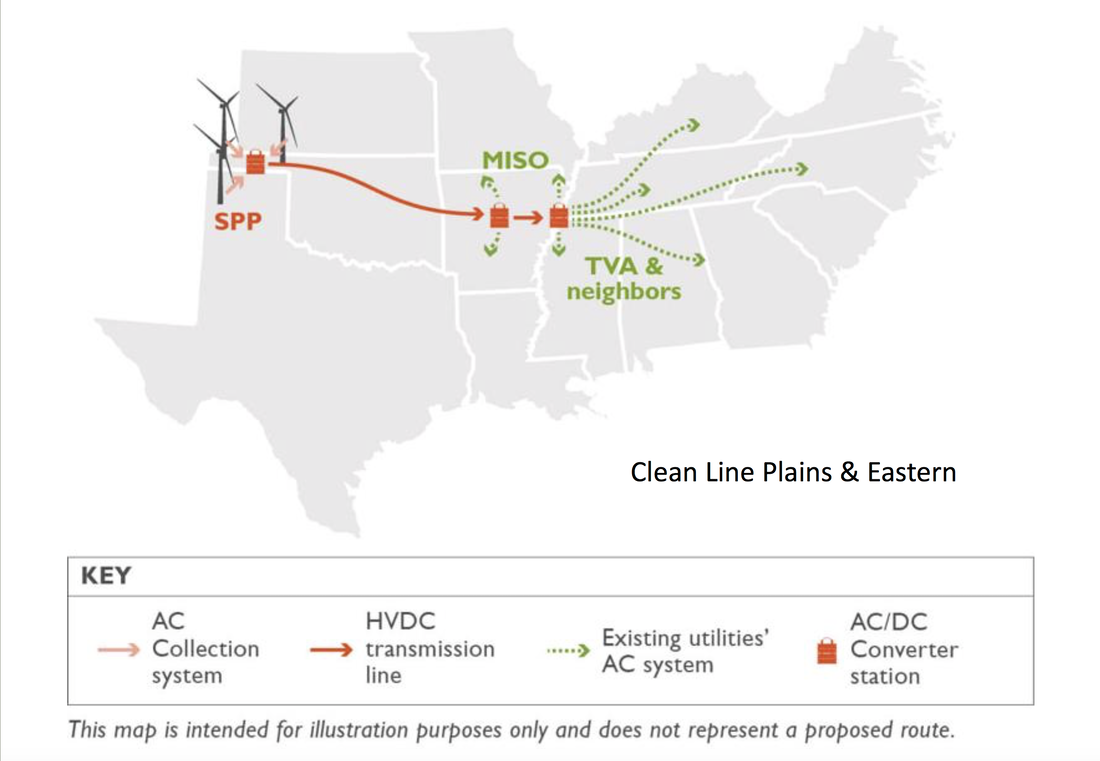
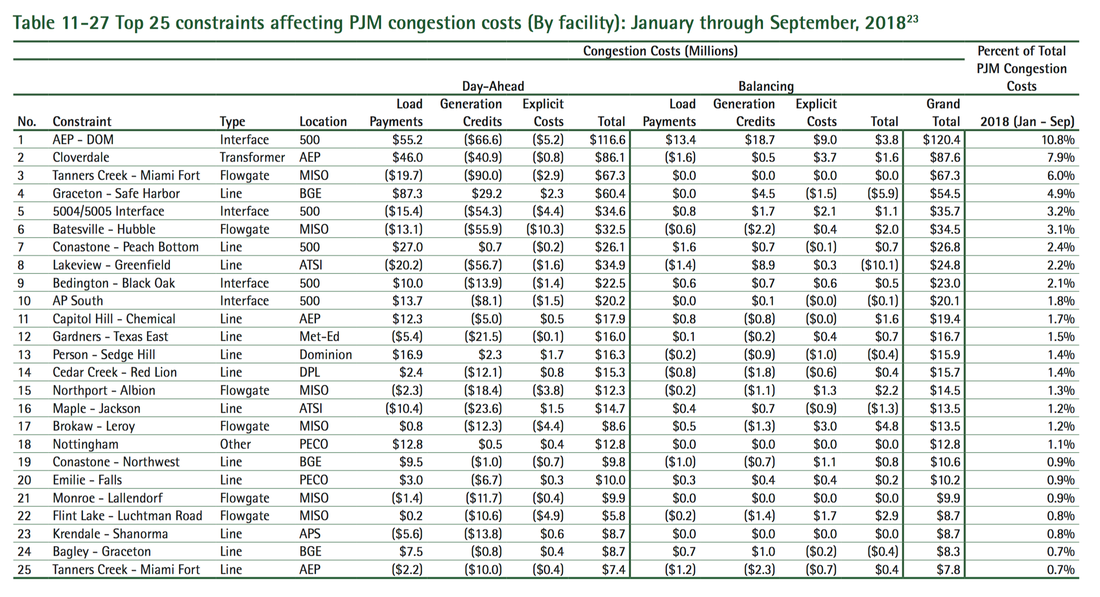
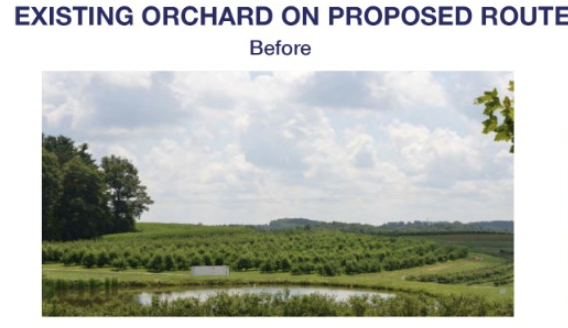
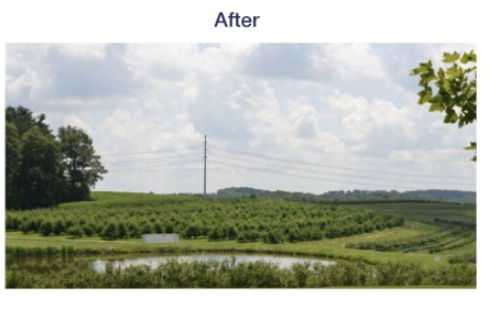
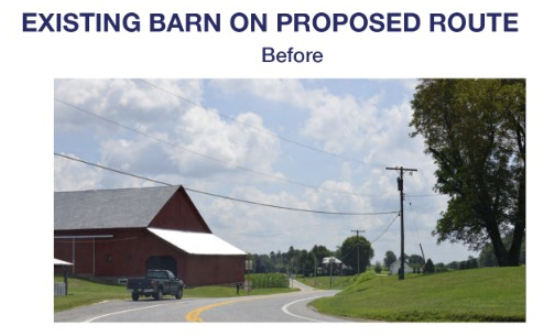
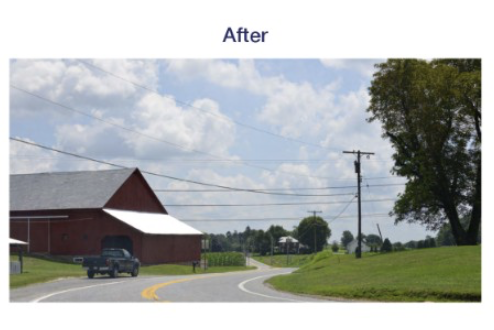
 RSS Feed
RSS Feed